The 1970s gave us disco, punk, progressive rock, and some of the most enduring musical masterpieces of all time. But alongside the critical darlings and respected classics, the decade also produced a peculiar category of songs—tunes that music critics loved to hate, that fans debated endlessly, yet somehow wormed their way into our collective consciousness and refused to leave. These musical earworms combined catchy hooks, unique vocal stylings, and often questionable lyrical choices into packages that, despite (or perhaps because of) their perceived artistic shortcomings, achieved a kind of immortality that many “better” songs never managed.
1. “Disco Duck” by Rick Dees and His Cast of Idiots
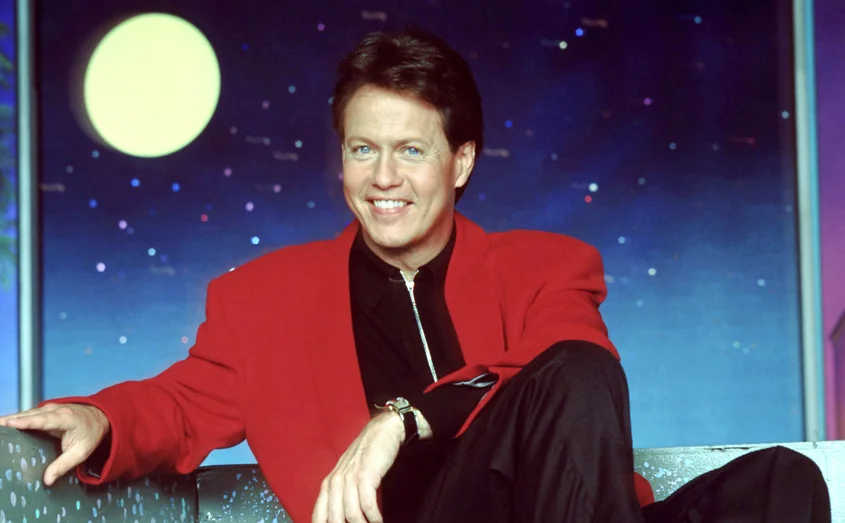
A Memphis radio DJ with a Donald Duck impression and a disco beat somehow created one of the most commercially successful novelty songs of all time, hitting #1 on the Billboard Hot 100 in October 1976. The premise was paper-thin—a man suddenly afflicted with duck-like speech hits the disco floor—yet something about the ridiculous quacking vocals layered over a genuine disco groove made it impossible to forget. The song’s production quality was actually surprisingly solid, with professional studio musicians laying down a legitimate disco track that could have stood on its own without the waterfowl gimmick. Stereogum dives further into a retrospective on both song and band.
The irony is that Dees was fired from his radio station for playing his own song, as it was released on a competing label, yet “Disco Duck” moved over six million copies worldwide. While it’s often listed among the worst songs ever recorded, its cultural impact was undeniable—it appeared in “Saturday Night Fever” (though not on the soundtrack), won a People’s Choice Award, and permanently embedded itself in the musical memory of anyone who heard it. Decades later, the song represents both the commercial excesses of the disco era and its playful willingness to embrace absurdity, a time capsule of an era when a novelty duck song could legitimately top the charts.
2. “Muskrat Love” by Captain & Tennille
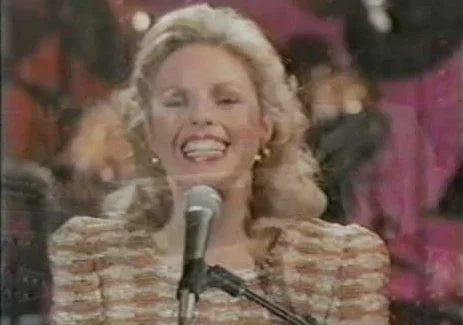
This gentle ballad about the romantic exploits of two semi-aquatic rodents somehow charted twice—first by America in 1973, then more successfully by Captain & Tennille in 1976, reaching #4 on the Billboard Hot 100. Daryl Dragon’s synthesizer effects mimicking muskrat sounds during an instrumental break created what might be the most bewildering middle section of any 1970s love song. The straight-faced earnestness with which Toni Tennille sang about “nibbling on bacon, chewing on cheese” and muskrats “doing the jitterbug” made the song either utterly charming or completely baffling, depending on who you asked. AL also clears the air on just where this song came from, which isn’t where most Captain & Tennille fans would expect.
Despite widespread critical derision, the Captain & Tennille performed the song at a White House dinner for Queen Elizabeth II in 1976, with Henry Kissinger reportedly looking particularly uncomfortable during the synthesized muskrat love-making sounds. The song’s gentle arrangement, catchy chorus, and utterly unique subject matter embedded it permanently in the cultural consciousness, becoming the duo’s signature song despite their having many bigger hits. “Muskrat Love” has achieved that rare status of being both widely mocked and genuinely beloved, the kind of song that elicits groans of recognition followed immediately by people singing along to every bizarre lyric about rodent romance.
3. “You Light Up My Life” by Debby Boone

This saccharine ballad spent an unprecedented 10 weeks at #1 on the Billboard chart in 1977, becoming the biggest hit of the decade despite being widely considered the epitome of 70s schmaltz. Boone’s earnest delivery of lines like “it can’t be wrong when it feels so right” propelled this song beyond mere hit status to cultural phenomenon. The inspirational lyrics, originally written for the film of the same name, were vague enough to be interpreted as either a romantic or religious expression of devotion—a duality Boone encouraged by explaining she sang it as a message to God. According to Entertainment Weekly, there is even darker details to the inspiration behind this song.
The song won an Academy Award, a Grammy, and a Golden Globe, yet simultaneously became shorthand for over-produced, emotionally manipulative pop music. Instrumentally, it built from a gentle piano intro to a full orchestral arrangement complete with soaring strings and a choir, employing every sentimental trick in the producer’s handbook. Despite (or because of) its cloying sweetness, “You Light Up My Life” became one of those songs everyone knows—a staple of school concerts, talent shows, and karaoke nights that continues to elicit powerful nostalgia for the dreamy, unapologetically sentimental side of 1970s pop culture.
4. “Afternoon Delight” by Starland Vocal Band

This seemingly innocent ode to midday lovemaking sailed to #1 in 1976, its pristine four-part harmonies disguising the not-so-subtle sexual content that somehow flew past radio censors. The song’s title, taken from a menu item at a Washington D.C. restaurant, became a euphemism that entered the permanent American lexicon. Those harmony-drenched choruses with their “sky rockets in flight” imagery created an earworm so powerful that decades later, entire scenes in movies like “Anchorman” were built around the song’s enduring recognition factor.
Despite winning the Grammy for Best New Artist, the Starland Vocal Band became the quintessential one-hit wonder, never again approaching the success of their innuendo-laden hit. The song’s musical craftsmanship is actually unimpeachable—those soaring vocal arrangements were technically impressive—but its saccharine delivery of sexual content created a disconnect that listeners found either delightfully subversive or unbearably cheesy. Cultural attitudes toward “Afternoon Delight” have evolved over the decades from commercial juggernaut to campy punchline to nostalgic cultural touchstone, but its status as an unforgettable piece of 70s pop culture has never diminished.
5. “Escape (The Piña Colada Song)” by Rupert Holmes
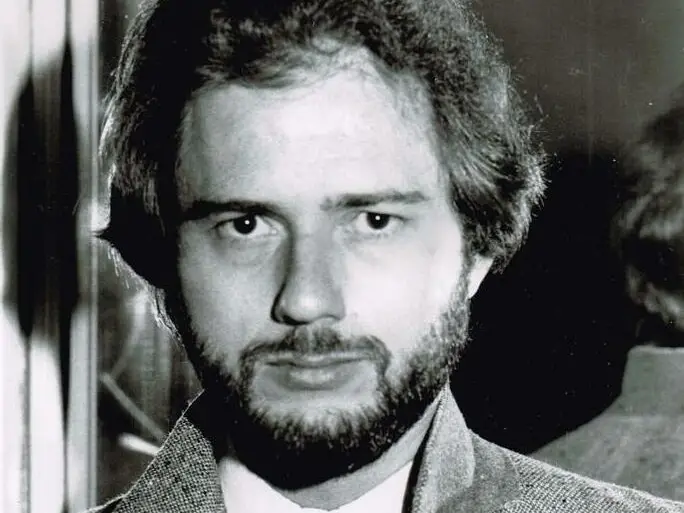
This melodically infectious story of a man who unwittingly answers his own girlfriend’s personal ad became the last #1 hit of the 1970s despite lyrics that essentially celebrate attempted mutual cheating. The narrative song’s twist ending—where both partners discover they were trying to cheat with each other—somehow transforms a tale of relationship discord into a cheerful, upbeat chorus about tropical drinks. Holmes himself wasn’t particularly fond of piña coladas, and the song was originally about daiquiris before he made a last-minute change that inadvertently created one of the most recognizable song titles in pop history.
The song’s conversational verses and instantly singable chorus made it universally recognizable, while its morally questionable storyline about partners seeking to escape their relationship through the newspaper’s classified section provides an intriguing time capsule of pre-internet dating. Defying conventional wisdom about hit songs, “Escape” features no rhyme in its chorus, yet its detailed storytelling approach created a narrative-driven earworm that listeners couldn’t shake. Though often cited as the epitome of yacht rock excess and me-decade moral flexibility, the song’s enduring legacy comes from its perfect blend of storytelling and melody—proof that a great hook can make even the most dubious relationship advice seem momentarily reasonable.
6. “Convoy” by C.W. McCall
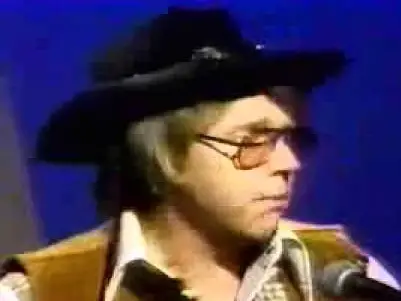
This country-pop novelty hit about truck drivers using CB radio to evade speed traps and organize a massive convoy rose to #1 in 1976 at the height of America’s CB radio craze. The song was packed with authentic-sounding trucker lingo like “Breaker One-Nine” and “good buddy,” creating an entire fictional world within its three-and-a-half minutes. What began as a commercial jingle for bread became an unlikely cultural phenomenon that spawned a major motion picture, with its tale of rebellious truckers tapping into a post-Watergate, post-Vietnam anti-authority sentiment that resonated far beyond actual truck drivers.
McCall (actually advertising executive Bill Fries) spoke rather than sang most of the lyrics over a driving country beat, essentially creating a proto-rap hit years before hip-hop broke into the mainstream. The chorus, with its simple declaration of “Convoy!” was designed for audience participation, making it a sing-along staple at parties even for those who couldn’t decode all the CB jargon in the verses. Though often dismissed as a gimmicky novelty song, “Convoy” captured a unique moment in American pop culture when working-class trucker culture briefly became mainstream entertainment, and its narrative structure and evocative storytelling have helped it remain both recognizable and strangely compelling decades after most listeners put away their CB radios.
7. “Billy, Don’t Be a Hero” by Bo Donaldson and The Heywoods
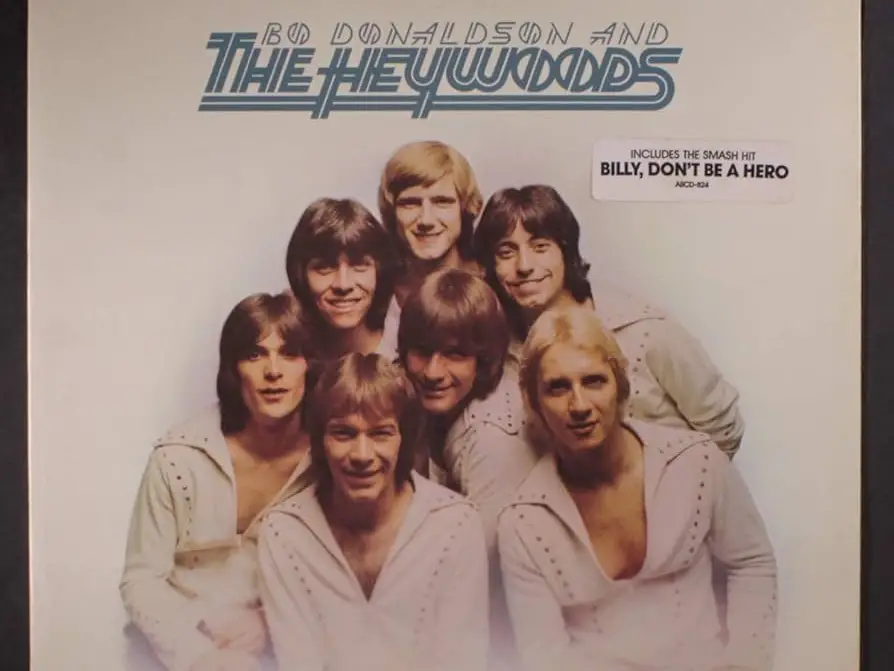
This anti-war ballad about a young soldier who dies after disregarding his fiancée’s plea not to be a hero topped the charts in 1974, its upbeat, marching-band arrangement creating a jarring contrast with its tragic lyrics. The story song’s narrative twist—ending with the young woman throwing away the official letter informing her of Billy’s death—gave it an emotional punch that resonated in the final years of the Vietnam conflict. Released in an era when protest songs had largely given way to escapist disco and love ballads, “Billy, Don’t Be a Hero” managed to slip a poignant anti-war message into a deceptively catchy pop package.
The song’s sing-along chorus made it irresistible to radio listeners, while its narrative structure made it memorable in a way that more straightforward protest songs weren’t. Originally a hit in the UK for Paper Lace, the American cover by Bo Donaldson and The Heywoods remains better known in the States despite being almost identical in arrangement. Though often included in “worst songs” compilations for its melodramatic narrative and dated production, the song’s enduring legacy comes from its skillful blend of pop hooks and war commentary—a Trojan horse protest song disguised as a story-driven AM radio hit.
8. “Seasons in the Sun” by Terry Jacks
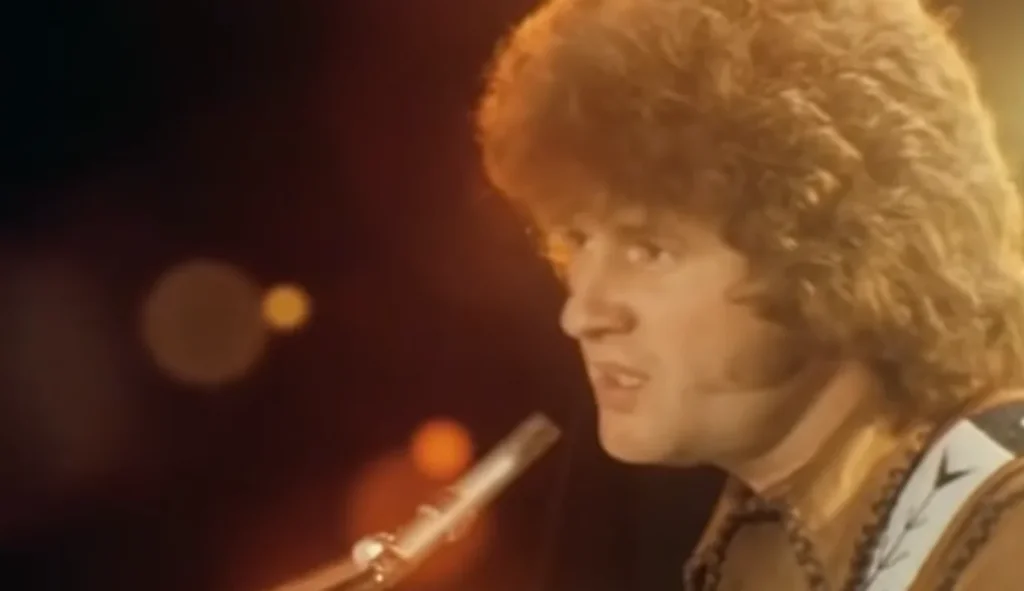
This tearjerker about a dying young man saying goodbye to loved ones topped charts worldwide in 1974, selling over 10 million copies despite critics dismissing it as emotional manipulation of the highest order. Originally written in French by Jacques Brel as a satirical song, the English adaptation by poet Rod McKuen and Terry Jacks’ subsequent recording stripped away the irony and transformed it into a straightforward, sentimental ballad. The song’s gentle melody and direct emotional appeal made it instantly memorable, while its unabashed sentimentality about death—”Goodbye Papa, please pray for me, I was the black sheep of the family”—either touched listeners deeply or made them cringe, with very little middle ground.
The production featured a simple arrangement that highlighted Jacks’ earnest vocal, building to choruses where overdubbed voices created a communal singalong effect appropriate for its “we had joy, we had fun” refrain. After the Beach Boys recorded but abandoned their version, Jacks released his own take, creating what would become one of the best-selling singles of all time and a song that perfectly encapsulated the unironic emotional directness of a certain strain of 1970s pop. Though frequently mocked for its emotional excess, “Seasons in the Sun” demonstrates how a simple melody paired with universally relatable themes of loss and regret can create a song that lodges permanently in the cultural consciousness, regardless of critical opinion.
9. “You’re Having My Baby” by Paul Anka with Odia Coates
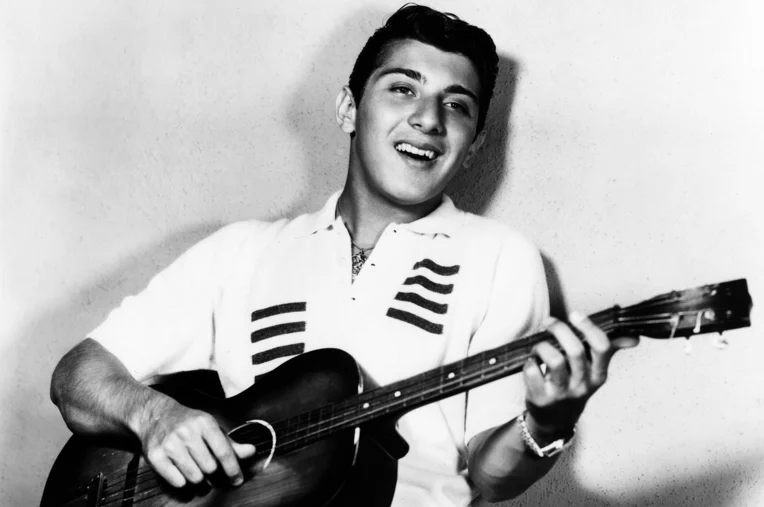
This straightforward celebration of impending fatherhood reached #1 in 1974, its unabashed sentiment and direct title making it a lightning rod for controversy even as it dominated radio airplay. Anka’s decision to include the female perspective by having Odia Coates sing several lines was progressive for its time, though the song’s overall message of male pride in fertility struck many as outdated even in the 1970s. The melody was undeniably catchy—Anka hadn’t lost his hit-making abilities since his 1950s teen idol days—creating a sing-along quality that helped the song become inescapable despite growing feminist criticism.
The National Organization for Women awarded it their “Keep Her in Her Place” award for sexism, making it one of the few #1 hits to be simultaneously commercially successful and widely condemned. Though the lyrics attempted to show emotional support (“You could have swept it from your life, but you wouldn’t do it”), the repeated chorus of “You’re having my baby” emphasized possession in a way that hasn’t aged well but certainly made the song memorable. Despite being frequently included on “worst songs” lists in subsequent decades, the track’s commercial success and cultural impact demonstrate how even controversial songs can become permanent fixtures in our musical memory, preserved as time capsules of evolving gender attitudes.
10. “Copacabana” by Barry Manilow
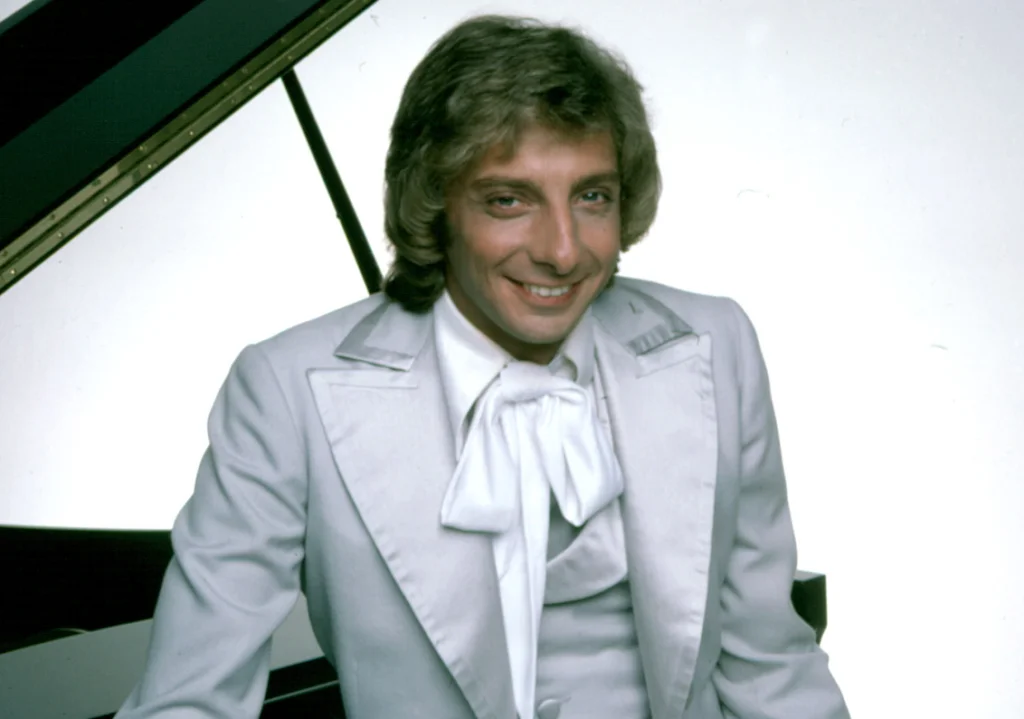
This surprisingly dark tale of showgirl Lola, her murdered boyfriend Tony, and her subsequent descent into alcoholism somehow became a disco staple, wedding reception favorite, and one of Manilow’s signature songs. The cinematic lyrics packed passion, violence, and tragedy into under four minutes, all set to an irresistibly upbeat Latin disco beat that belied the song’s fatalistic narrative. Manilow’s theatrical delivery and the production’s commitment to storytelling—complete with gunshot sound effects and character voices—created a mini-musical that played out entirely within the confines of a pop song.
The contrast between the tragic storyline and the infectious “Copa, Copacabana” chorus created a cognitive dissonance that listeners either embraced or rejected, but couldn’t ignore. Originally released in 1978 as album filler, the song gained momentum gradually, eventually becoming a cultural touchstone that inspired a movie, clothing line, and stage musical. Though frequently derided as the epitome of 70s schmaltz, “Copacabana” demonstrated unique narrative ambition, cramming an entire three-act tragedy into a disco framework and proving that even songs dismissed by critics could achieve lasting cultural significance through pure storytelling power and melodic craft.
11. “Lovin’ You” by Minnie Riperton
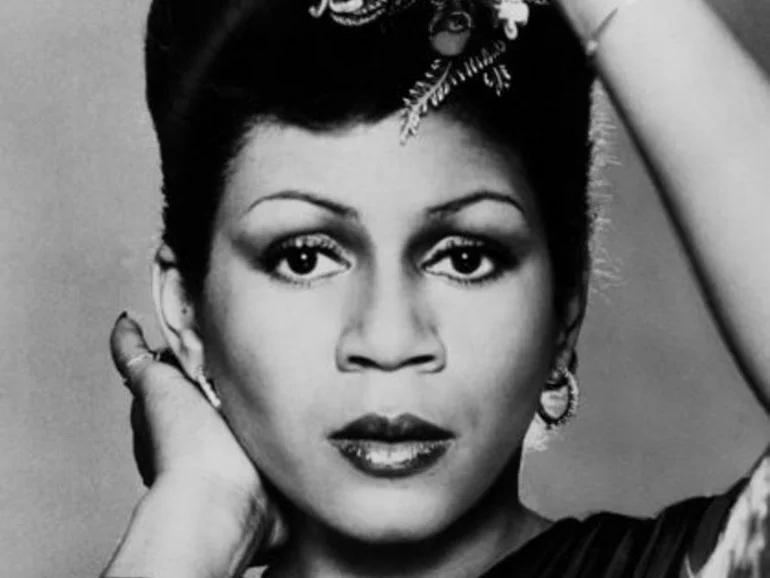
This ethereal love song became instantly recognizable for Riperton’s stratospheric whistle-register vocal climax, hitting an F-sharp that few singers before or since could achieve. The minimal arrangement—primarily electric piano, bass, and light percussion—created a dreamlike quality that highlighted both the romantic lyrics and Riperton’s extraordinary five-octave vocal range. What critics sometimes dismissed as a one-trick song banking on a single remarkable high note ignored the sophisticated jazz-influenced chord progressions and the genuine tenderness with which Riperton delivered lyrics that were actually about her daughter Maya (later actress Maya Rudolph).
The song’s gentle melody and bird-like vocal runs created a distinctive sonic signature that separated it from everything else on 1970s radio. Despite its initial reception as a novelty song built around vocal acrobatics, “Lovin’ You” has been reevaluated over time, with modern critics appreciating both its musical sophistication and Riperton’s pioneering vocal techniques. Riperton’s untimely death from cancer at age 31 in 1979 gave the song’s legacy additional poignancy, transforming what some initially considered an over-the-top vocal showcase into a respected piece of 70s soul history—a reminder that sometimes what makes a song “impossible to forget” has less to do with critical consensus and more to do with pure, undeniable uniqueness.
12. “My Ding-a-Ling” by Chuck Berry
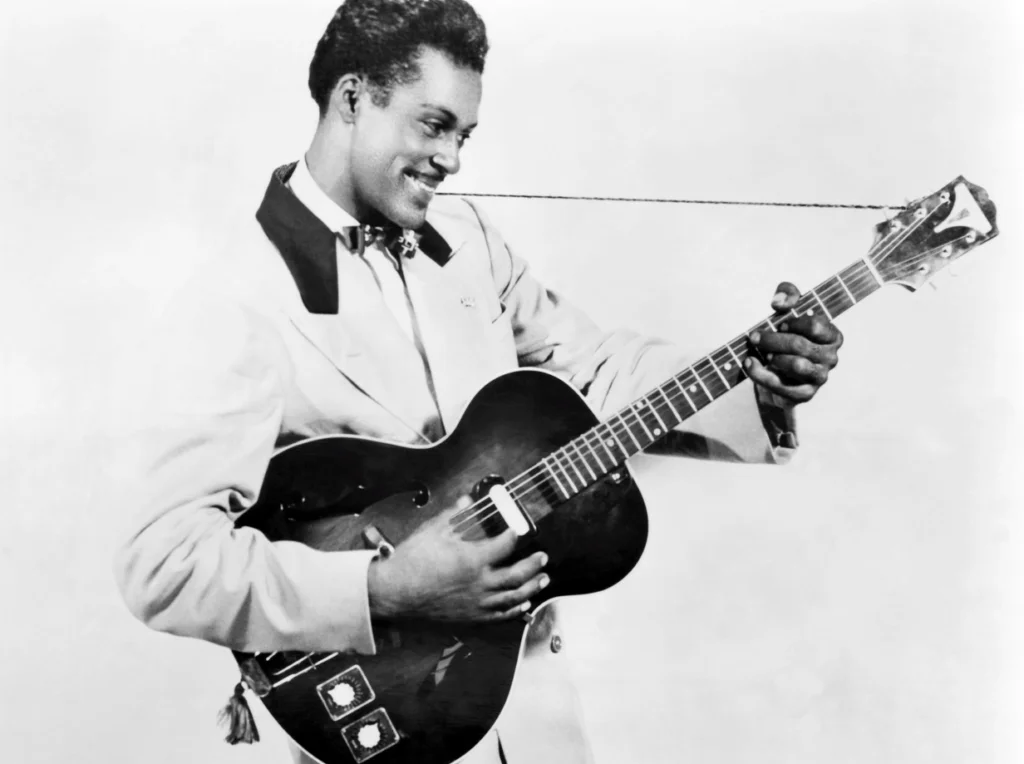
This double-entendre-laden novelty song inexplicably became Chuck Berry’s only #1 hit on the Billboard charts in 1972, despite a legendary career filled with rock and roll classics. Recorded live in front of an enthusiastic audience at the Lanchester Arts Festival in Coventry, England, the song’s call-and-response format and infantile innuendo created an atmosphere of collective mischief. Berry, one of rock’s greatest lyricists and innovators, found his biggest commercial success with a juvenile novelty song about protecting one’s “ding-a-ling,” creating one of music history’s great ironies.
The song’s simple melody and schoolyard-level suggestive lyrics made it accessible to listeners of all ages, many of whom didn’t fully grasp its thinly veiled sexual references. Many radio stations banned it despite its popularity, while others played it precisely because of the controversy it generated. Though music historians and rock purists lament that Berry’s towering legacy is tarnished by having his biggest hit be such a trifle, “My Ding-a-Ling” demonstrates how audience participation, simple hooks, and the hint of forbidden content can create a memorable song that defies critical dismissal. The fact that we’re still discussing a supposedly “awful” novelty song fifty years later proves that commercial appeal and cultural staying power don’t always align with artistic merit or critical acclaim.
13. “Feelings” by Morris Albert
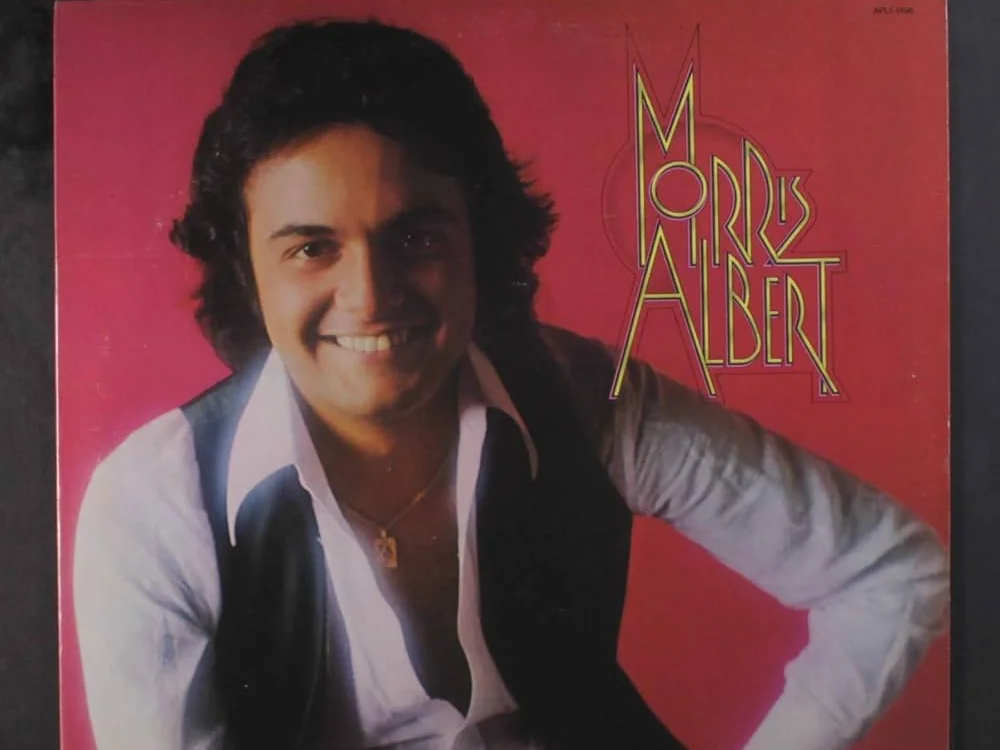
This emotionally overwrought ballad about lost love became an inescapable adult contemporary staple after its 1975 release, its naked sentimentality either touching listeners deeply or making them recoil in horror. The Brazilian singer’s earnest delivery of lines like “Feelings, wo-o-o feelings, wo-o-o, feel you again in my arms” became shorthand for the most maudlin excesses of 70s pop balladry. The song’s gradual build, swelling strings, and unabashed emotional directness made it perfect for lounge singers, easy listening radio, and parodies alike, ensuring it would become permanently lodged in the cultural consciousness.
Though critics were nearly unanimous in their disdain, “Feelings” received Grammy nominations and sold millions of copies worldwide, becoming one of the decade’s most-covered songs. In 1988, Albert lost a plagiarism lawsuit when a court determined the melody was taken from “Pour Toi,” a 1956 song by French composer Loulou Gasté, adding a layer of controversy to the song’s legacy. Despite being a frequent punchline and appearing on numerous “worst songs” lists, “Feelings” persists in cultural memory precisely because of its unfiltered emotionality and melodic directness—proof that sometimes the songs critics hate the most are exactly the ones that create the most powerful and lasting public response.
14. “I Am Woman” by Helen Reddy
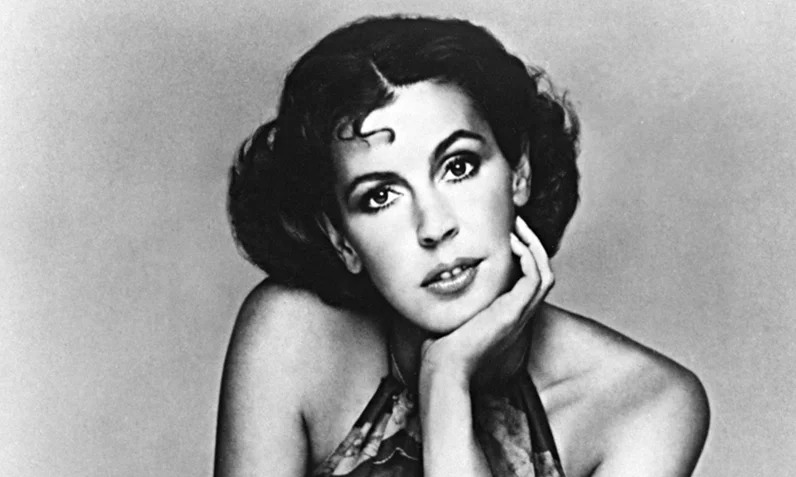
This anthem of female empowerment became both a #1 hit in 1972 and a lightning rod for criticism from those uncomfortable with its unabashedly feminist message. Reddy’s straightforward declaration that “I am strong, I am invincible, I am woman” set to a steadily building arrangement created an instantly memorable chorus that became a rallying cry for the women’s movement. The song’s gradual tempo increase and key change created a sense of growing confidence that perfectly matched its lyrical journey from struggle to triumph, making it not just catchy but emotionally resonant for listeners connecting with its message.
Critics derided it as simplistic, heavy-handed propaganda rather than sophisticated art, with Rolling Stone dismissing Reddy as the “Queen of Housewife Rock.” The song won a Grammy for Best Female Pop Vocal Performance, during which Reddy’s acceptance speech thanking God “because She makes everything possible” created further controversy. Though often included in “worst songs” compilations by rock-oriented critics, “I Am Woman” demonstrated how a straightforward message matched with an accessible melody could create cultural impact far beyond typical pop music ambitions. Its enduring legacy is secured not despite but because of its directness and willingness to prioritize message over musical complexity—a reminder that songs dismissed by critics can become cultural touchstones when they capture a significant social movement’s spirit.
These songs, regardless of their critical reception, achieved something that countless “better” compositions never managed—they embedded themselves permanently in our cultural consciousness. Whether through novelty, narrative storytelling, emotional excess, or pure melodic craft, these supposedly awful tracks found the secret formula for memorability. The passage of time has transformed many from objects of derision to nostalgic treasures, reminding us that music’s impact isn’t always about artistic credibility or critical acclaim. Sometimes the songs we claim to hate are the very ones we can’t stop singing decades later—proof that being unforgettable might be pop music’s highest achievement, regardless of how that status is earned.


